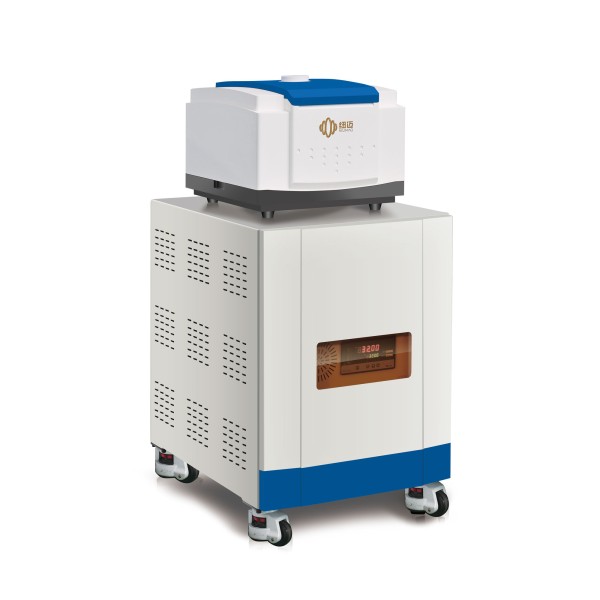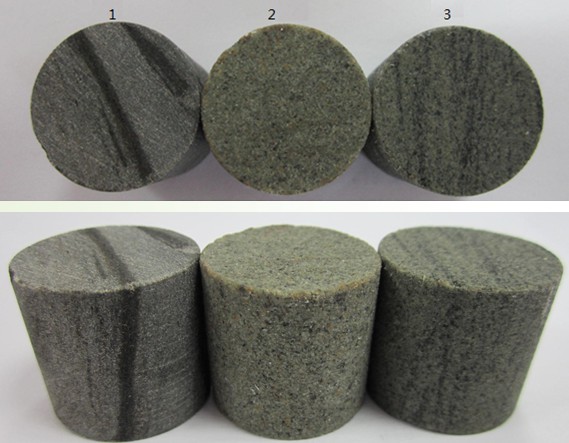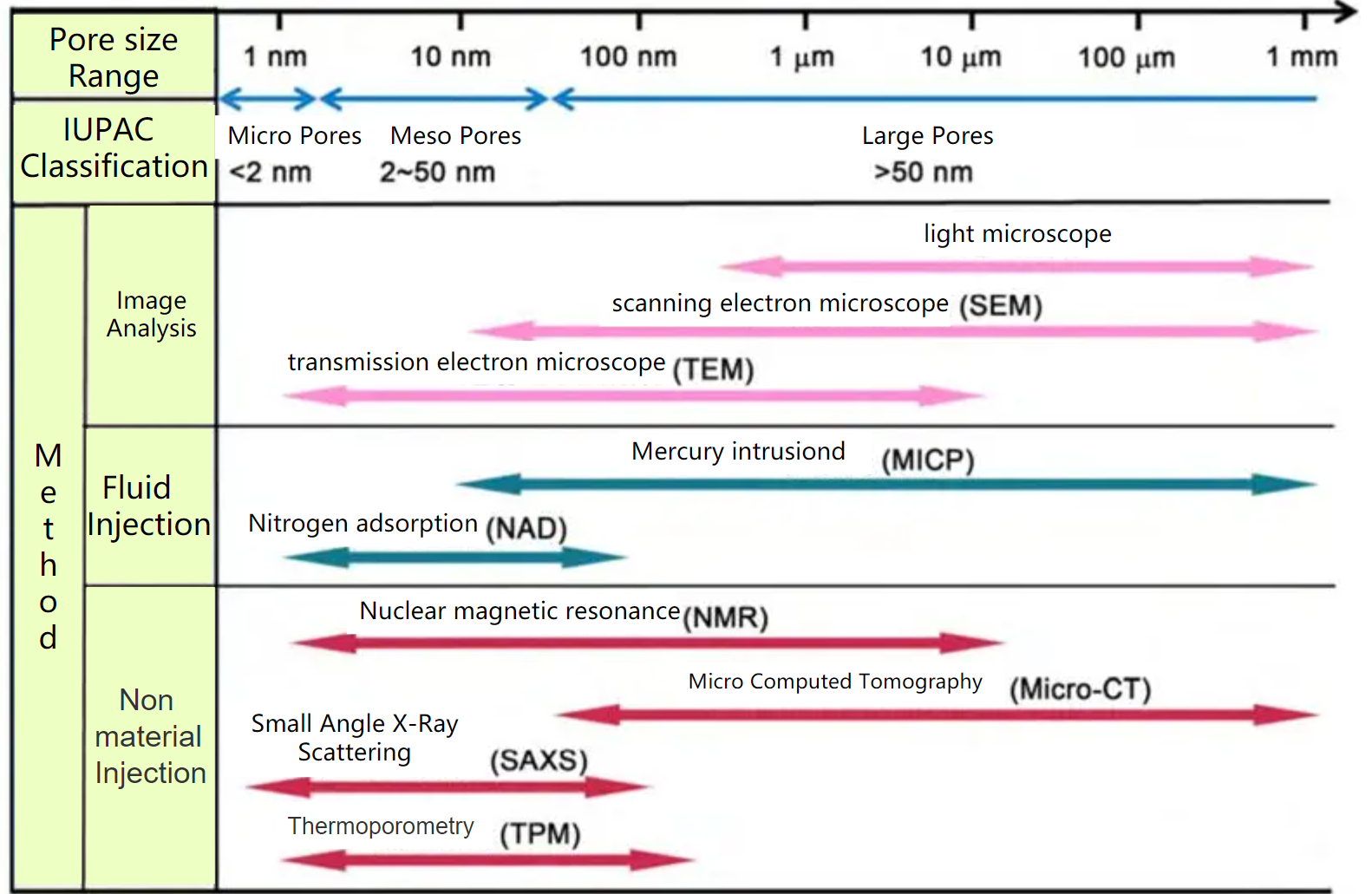Rock Core Benchtop NMR Research
Rock Core Benchtop NMR
Rock core benchtop NMR refers to the use of nuclear magnetic resonance (NMR) instrument on rock core samples in a laboratory setting, using a benchtop NMR instrument. This technique is used to study the properties of rock formations and can provide important information about the composition, porosity, and permeability of rocks.
Benchtop NMR instruments are small, portable devices that use a low magnetic field strength compared to high-field NMR instruments used in research settings. This makes benchtop NMR instruments more affordable and accessible for routine laboratory use.
By analyzing the NMR spectrum of a rock core sample, geologists and other scientists can gain valuable insights into the properties of rock formations and their potential for use in various applications, such as oil and gas exploration or geological studies.
Rock Core Benchtop NMR Experiment
To perform rock core benchtop NMR, a small sample of rock is placed into the NMR instrument and subjected to a magnetic field. The instrument then measures the energy that is absorbed and emitted by the nuclei in the rock sample, which provides information about the chemical composition and physical properties of the rock.
Rock Core Benchtop NMR Principle
The principle of nuclear magnetic resonance (NMR) for rock core analysis is based on the fact that the nuclei of certain atoms, such as hydrogen (proton) and carbon, have a magnetic moment, which causes them to behave like tiny magnets. When a sample is placed in a strong magnetic field, the magnetic moments of these nuclei align either with or against the magnetic field.
In NMR, a sample is subjected to a strong magnetic field, which causes the nuclei of certain atoms within the sample to align with or against the magnetic field. A radio frequency (RF) pulse is then applied to the sample, which causes the nuclei to absorb energy and become excited. When the RF pulse is turned off, the nuclei return to their original state, releasing the absorbed energy as electromagnetic radiation. This radiation is detected by an antenna, and the resulting NMR spectrum provides information about the chemical and physical properties of the sample.
In the case of rock core analysis, NMR can be used to study the properties of the minerals and fluids within the rock sample. The NMR spectrum provides information about the number of hydrogen atoms in the sample, their chemical environment, and the amount of fluid present in the sample. This information can be used to determine the porosity, permeability, and fluid content of the rock, as well as the composition and structure of the minerals present.
Rock Core Analysis Methods
There are several other methods for analyzing rock cores, including:
- X-ray diffraction (XRD): XRD is a technique that uses X-rays to study the crystalline structure of materials. It can be used to identify the mineral composition of rock samples and determine their crystalline structure.
- Scanning electron microscopy (SEM): SEM is a technique that uses a beam of electrons to study the surface of materials at high resolution. It can be used to study the morphology and texture of rock samples and provide information on pore size, shape, and distribution.
- Petrographic analysis: Petrographic analysis involves the study of thin sections of rock samples under a microscope. It can be used to identify mineral composition, texture, and structure of rocks.
- Mercury intrusion porosimetry (MIP): MIP is a technique that measures the pore size distribution and total porosity of a rock sample by measuring the volume of mercury intruded into the sample under pressure.
- Gas chromatography-mass spectrometry (GC-MS): GC-MS is a technique that separates and analyzes the individual components of a rock sample. It can be used to identify the organic components of a sample, such as petroleum or hydrocarbon gases.
- Inductively coupled plasma-mass spectrometry (ICP-MS): ICP-MS is a technique that measures the elemental composition of a rock sample by ionizing the atoms and analyzing the resulting ions. It can be used to identify trace elements and measure their concentration in a sample.
These techniques can be used in combination with each other to provide a more comprehensive understanding of the properties of rock formations.
Rock Core Benchtop NMR Advantages
Nuclear magnetic resonance (NMR) instrument has several advantages as a technique for studying the properties of molecules and materials:
- Non-destructive: NMR is a non-destructive technique that allows for the analysis of samples without altering their chemical or physical properties.
- Versatile: NMR can be used to study a wide range of materials, including organic compounds, inorganic compounds, polymers, proteins, and even intact cells.
- Quantitative: NMR can provide quantitative information about the concentration and distribution of different components within a sample.
- Structural information: NMR can provide detailed structural information about molecules, including their three-dimensional shapes, interatomic distances, and chemical environments.
- High resolution: NMR has high resolution and can distinguish between different chemical groups within a sample, even in complex mixtures.
- No radiation exposure: Unlike other analytical techniques such as X-ray crystallography, NMR does not involve exposure to ionizing radiation, making it safer for both the user and the sample.
- Minimal sample preparation: NMR requires minimal sample preparation, often only requiring the sample to be dissolved in a suitable solvent.
Overall, NMR instrument is a powerful analytical tool that has wide-ranging applications in the fields of chemistry, biology, and materials science.
Rock Core Benchtop NMR of Niumag
Niumag rock core benchtop NMR refers to a series of benchtop nuclear magnetic resonance (NMR) instruments manufactured by Niumag Corporation.
Niumag benchtop NMR instruments use a low-field, permanent magnet design that allows for high sensitivity and resolution while maintaining a compact size and affordable cost. These instruments offer a variety of features, including automated shimming, temperature control, and a user-friendly interface for data analysis and processing.
The Niumag benchtop NMR instruments can be used for a variety of applications, such as quality control, research and development, and process monitoring. They are particularly useful for analyzing the composition, structure, and properties of materials, including polymers, chemicals, food products, pharmaceuticals, and geological samples.
The Niumag benchtop NMR instruments are available in several models with different field strengths and sample sizes, ranging from 0.5 Tesla to 2.0 Tesla. These instruments are widely used in academia, research laboratories, and industrial settings for a variety of applications in materials science, chemistry, geology, and other fields.
 Niumag 2MHz Rock core NMR Analyzer
Niumag 2MHz Rock core NMR Analyzer
MicroMR02-025V is a benchtop NMR (Nuclear Magnetic Resonance) analyzer that is designed for use in petroleum exploration. It is considered one of the world’s most advanced benchtop NMR analyzers due to its compact body design and high performance capabilities.
The MicroMR02-025V is specifically designed for use in small laboratories or field environments, making it ideal for use in remote locations. Its compact size and easy-to-use interface make it a convenient tool for researchers who need to analyze samples quickly and accurately.
Overall, the MicroMR02-025V is a powerful tool for those working in the petroleum exploration industry who need to analyze samples in a quick and efficient manner. Its advanced features and compact design make it a top choice for researchers around the world.
 NIUMAG
NIUMAG

